Le right hit en track background is one of basic that we cannot ignore. Does a cut forehand would bring positive to our game ? Let's take a closer look.
At a beginner level, no problem. Some players play their forehand flat, topspin or cut. With time and practice, the goal will be to find a clean move that does not consume energy and that forces opponents to work at the net. Is it necessary at the beginning to have a cut forehand in your arsenal? Not necessarily. On the other hand, when you level up, you will see that having a good forehand cut can become a formidable weapon.
Hitting heights
This is one of the very important points to understand. Playing a cut forehand is not playing a cut backhand. The backhand can cut even very close to the ground, it is a natural movement. For the forehand it's different. It is difficult to cut a ball close to the ground. So, we can say that this move can be negotiated from the waist level. Then, hitting in a cut way, that is to say passing under the ball, at a height beyond the level of our shoulder, is very difficult or almost impossible. We will rather talk about bandeja or bajada. The cut forehand will therefore be negotiated between the belt and the shoulder.
What shots to play live?
Controlling live balls in a cutting manner is not an easy thing, but there is one case, a type of ball, that will allow you to test yourself: your opponents' high balls that bounce and stay in the middle of the field without touching the back window. Here, you have plenty of time to prepare well, adjust your placement, and deliver a beautiful cut forehand, strong, slow, in the center, on the sides or a lob.
Another version of the cut forehand played live: as with a backhand, you are in your comfort zone and release to surprise, a cut forehand directly at the volleyball players.
Finally, and if you are an enthusiast who follows all the professional matches on TV, a technique is used which consists, especially after a bandeja opponents, to play a cut forehand which falls just behind the net – a petite – or a tight lob. Cutting the ball complicates the low volley but also the bandeja or the defense in the event that the lob sends the opponents to the back of the track.
On the other hand, if this forehand is hit badly, it will be punishment...
What shots should you play coming out of the window?
Playing cut out of the window will allow you to absorb the ball in your pala. All the tiny and lobs played in a cut fashion will be a great opportunity for you to try to go on the attack. But be careful, you have to master this shot, push the ball and not hit for no reason. You need to act like you're wearing a glove for all those balls you'll have to negotiate below belt level.
On the other hand, as soon as the rebound on the glass is slightly higher, do not hesitate to look for the speed or the angles because this type of shot performed above the level of the net, or the belt, could win you the point or even put your opponents on their heels for a nice climb to the net on your part.
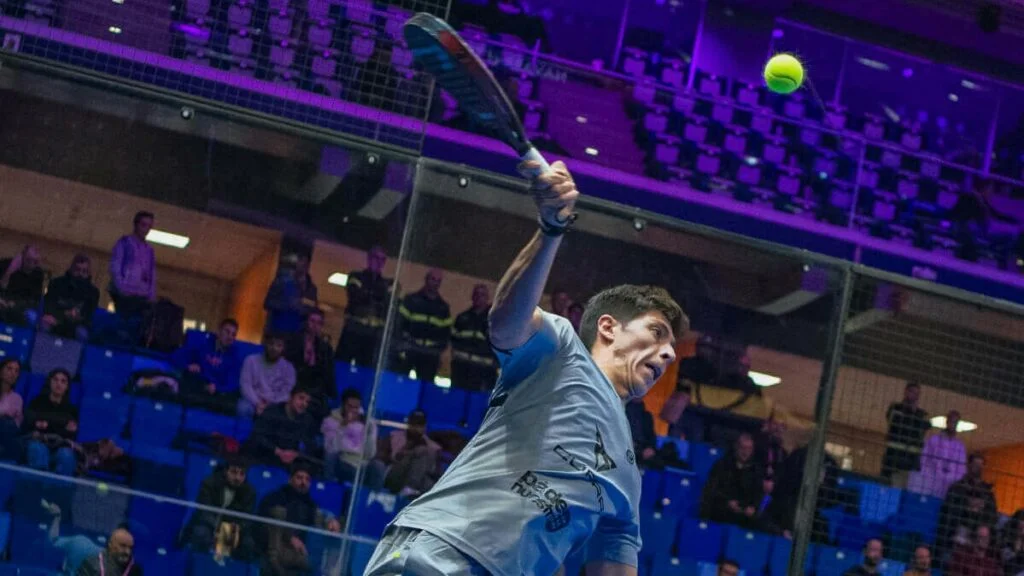
And the service?
We have not forgotten it of course. Serving cut is a good way to offer a low bounce to opponents, a good way to play more slowly to give yourself time to get to the net and above all a good way to get into the habit of playing a cut forehand that you can adapt little by little, with time and experience, directly out of the window.
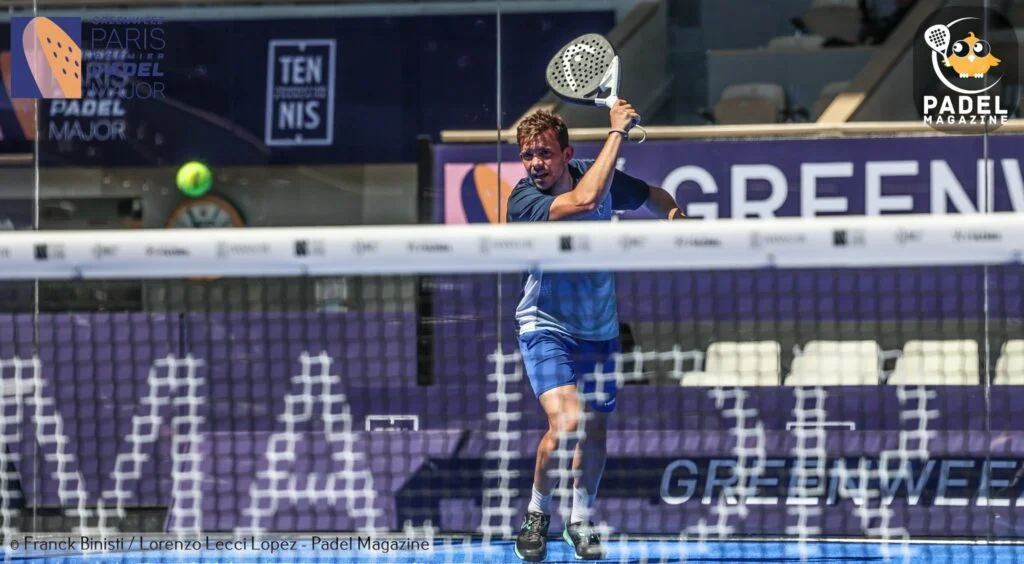
Don't rush by wanting to skip steps. Either you naturally have the cut forehand or you don't. You have it, perfect, expand on it. You don't have it and want to expand your range of moves? Start with serves then direct high balls from opponents, window exits, to finally finish like a pro, with mastery of direct hits to the feet or tense lobs. Go!
Julien Bondia is a teacher of padel in Tenerife (Spain). Columnist and advisor, he helps you play better through his tutorials and tactical/technical articles padel.




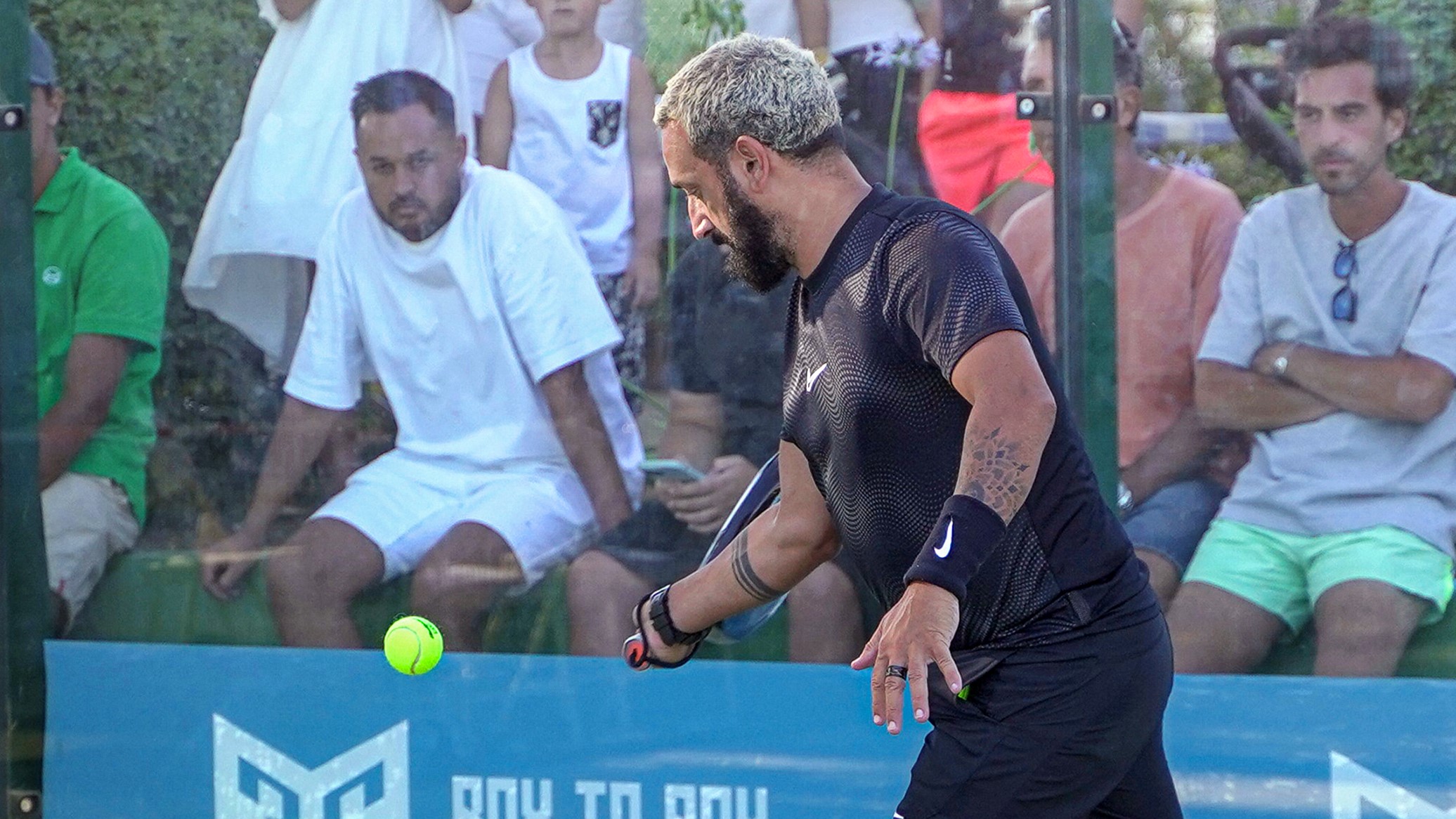






































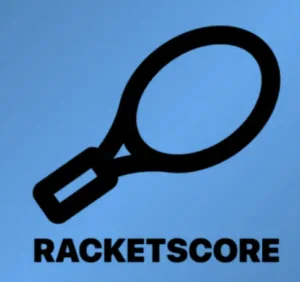














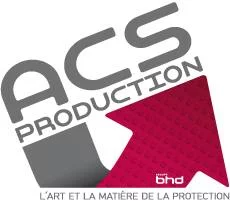




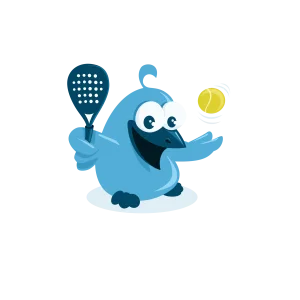


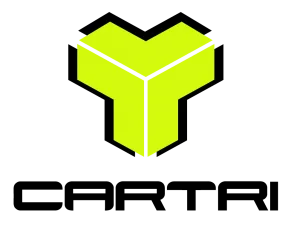



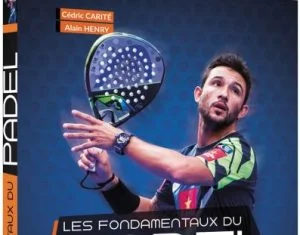




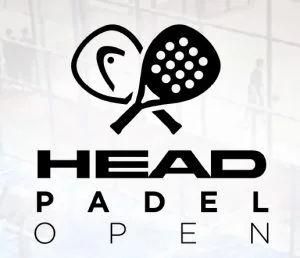










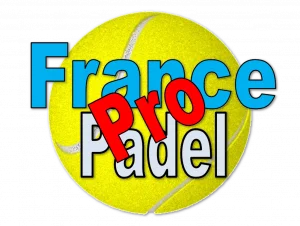




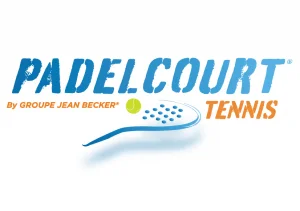




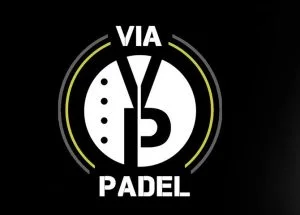




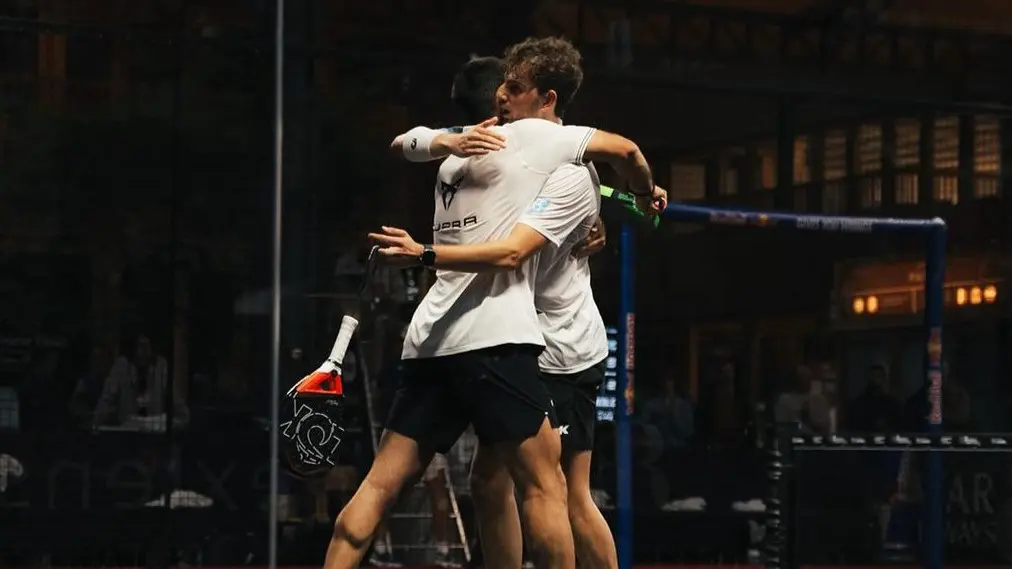 Premier Padel Brussels P2 – Mike Yanguas and Javi Garrido once again take the advantage over Stupa / Di Nenno
Premier Padel Brussels P2 – Mike Yanguas and Javi Garrido once again take the advantage over Stupa / Di Nenno Premier Padel Brussels P2 – The women’s Big 4 at the semi-finals!
Premier Padel Brussels P2 – The women’s Big 4 at the semi-finals! Premier Padel Brussels P2 – Sanz and Nieto win a big fight against Lebron / Navarro!
Premier Padel Brussels P2 – Sanz and Nieto win a big fight against Lebron / Navarro! Guillaume Codron de Sud Padel : “A family project”
Guillaume Codron de Sud Padel : “A family project” Nallé Grinda: “Democratize the padel in the USA with PadelX "
Nallé Grinda: “Democratize the padel in the USA with PadelX "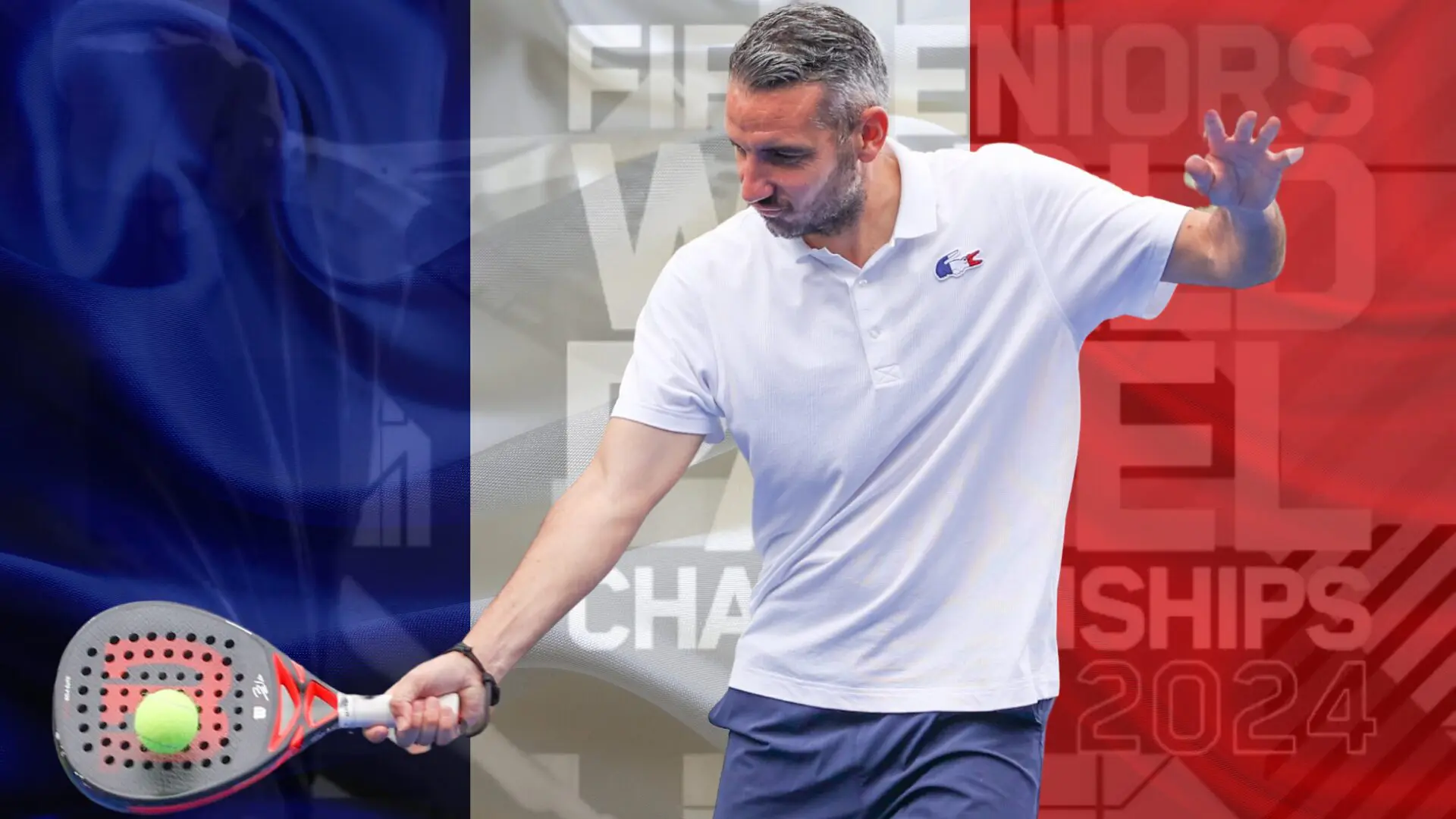 Simon Boissé: “We know that there are two nations in front of us”
Simon Boissé: “We know that there are two nations in front of us”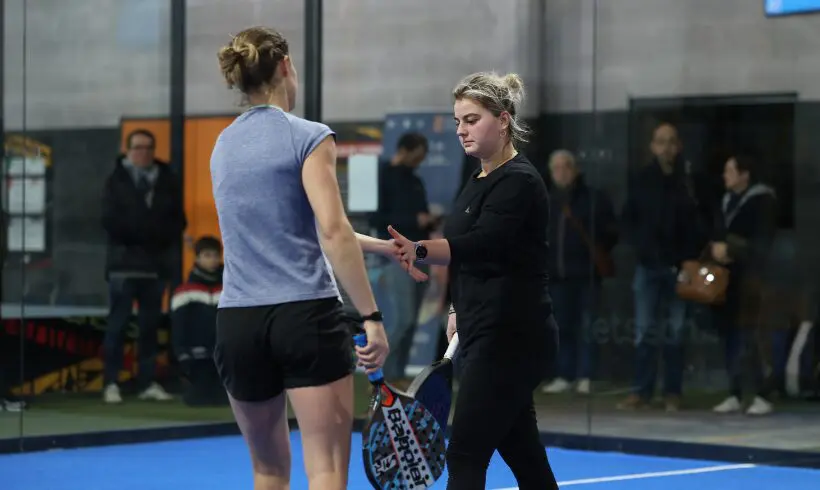 Marie Maligo: “This period of frequent changes of partners was beneficial for me”
Marie Maligo: “This period of frequent changes of partners was beneficial for me” Gilles Moretton: “We will be able to put the padel at the level of tennis”
Gilles Moretton: “We will be able to put the padel at the level of tennis” Two P1000 doubled prize money approaching!
Two P1000 doubled prize money approaching! José Manuel Escin at the inauguration of Casa Padel DOS: “Finally, and thank you!”
José Manuel Escin at the inauguration of Casa Padel DOS: “Finally, and thank you!” Miguel Lamperti: three tie-breaks and a return to the quarter-finals!
Miguel Lamperti: three tie-breaks and a return to the quarter-finals! Big evening in Brussels with two seeded players on the mat, heckled number 1s…
Big evening in Brussels with two seeded players on the mat, heckled number 1s…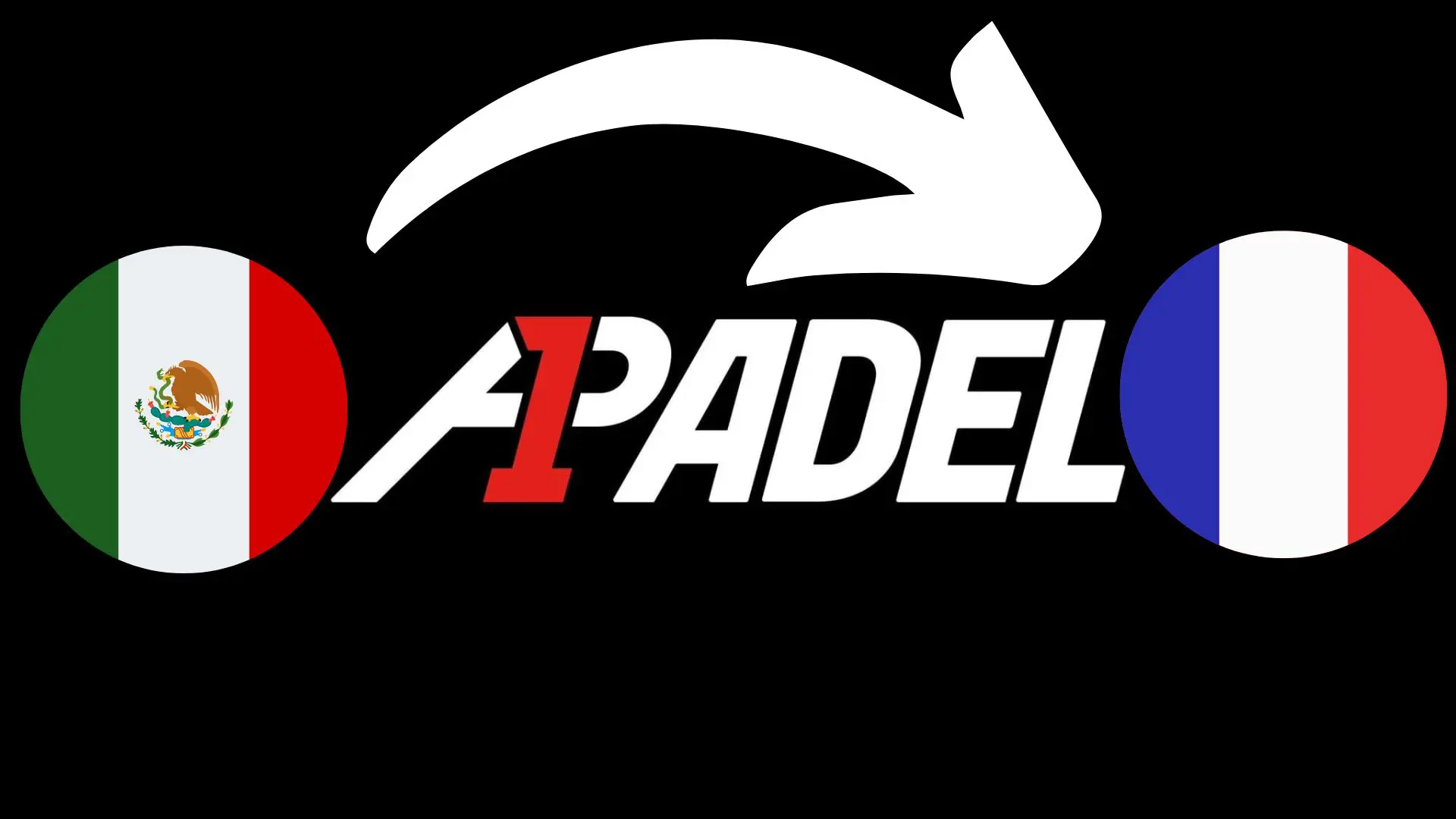 A1 Padel – the French Open replaces the Mexican Open on the calendar
A1 Padel – the French Open replaces the Mexican Open on the calendar Padel Score comes to Tahiti for American Express Padel Cup!
Padel Score comes to Tahiti for American Express Padel Cup! Do you know the Rafa Nadal Academy Tour?
Do you know the Rafa Nadal Academy Tour?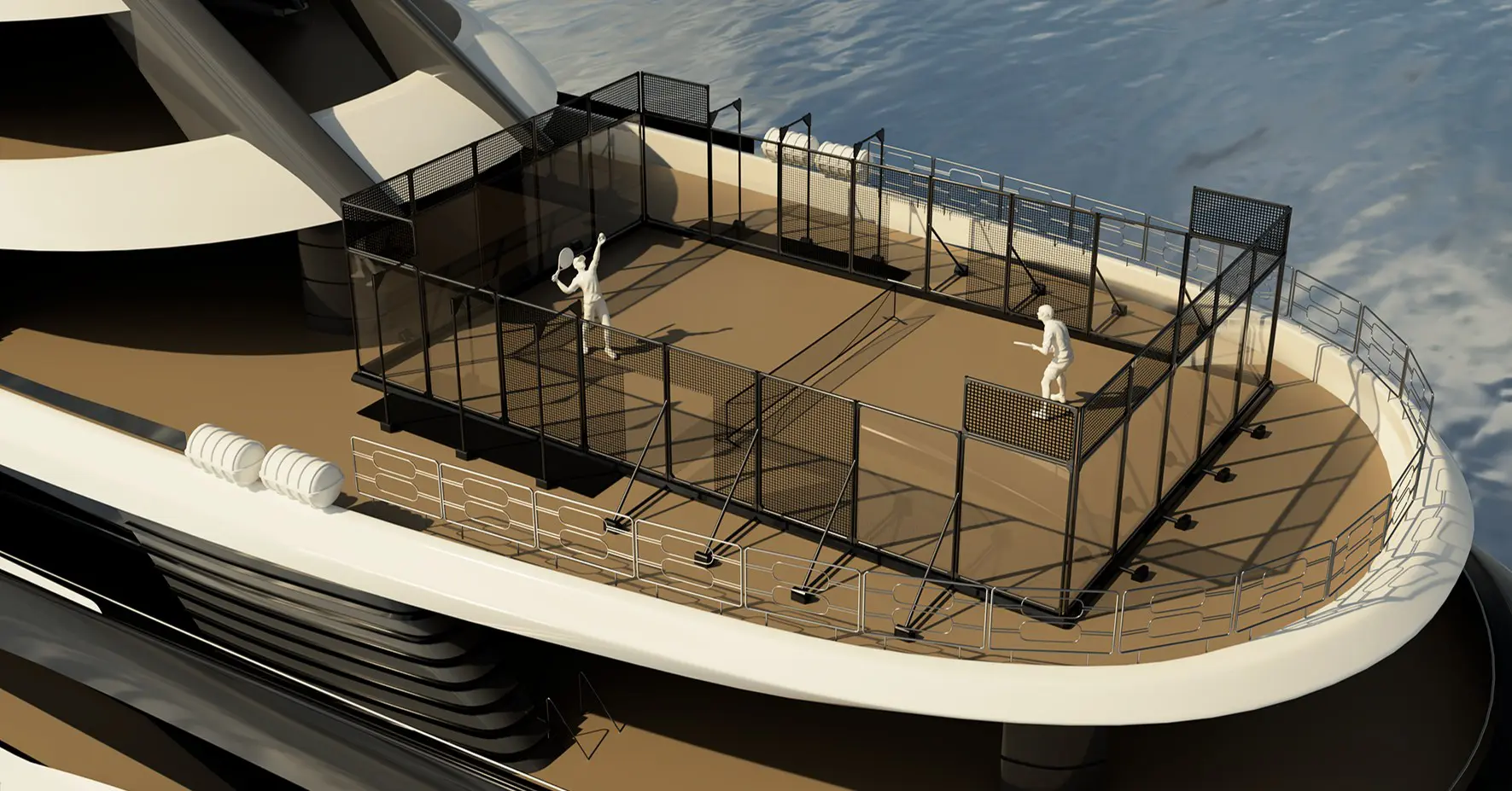 Play at padel on his yacht? Possible for €233.000!
Play at padel on his yacht? Possible for €233.000! Our Top 10 training courses padel in France and Europe
Our Top 10 training courses padel in France and Europe At the heart of padel – Episode 25: Paul and Andoni answer your questions
At the heart of padel – Episode 25: Paul and Andoni answer your questions Tactical padel – What to do when faced with players who systematically stay at the bottom?
Tactical padel – What to do when faced with players who systematically stay at the bottom?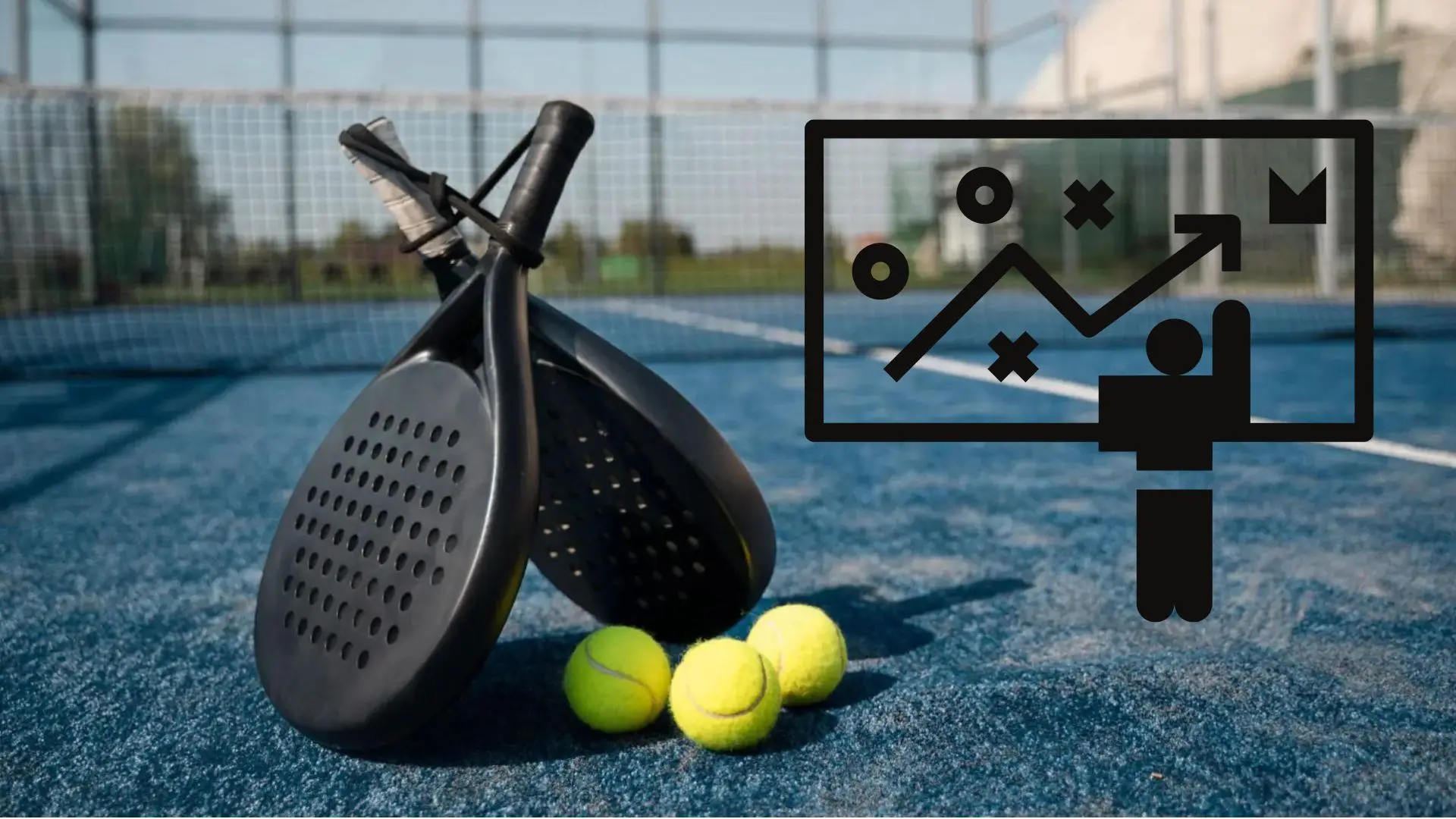 The basic tactics of padel
The basic tactics of padel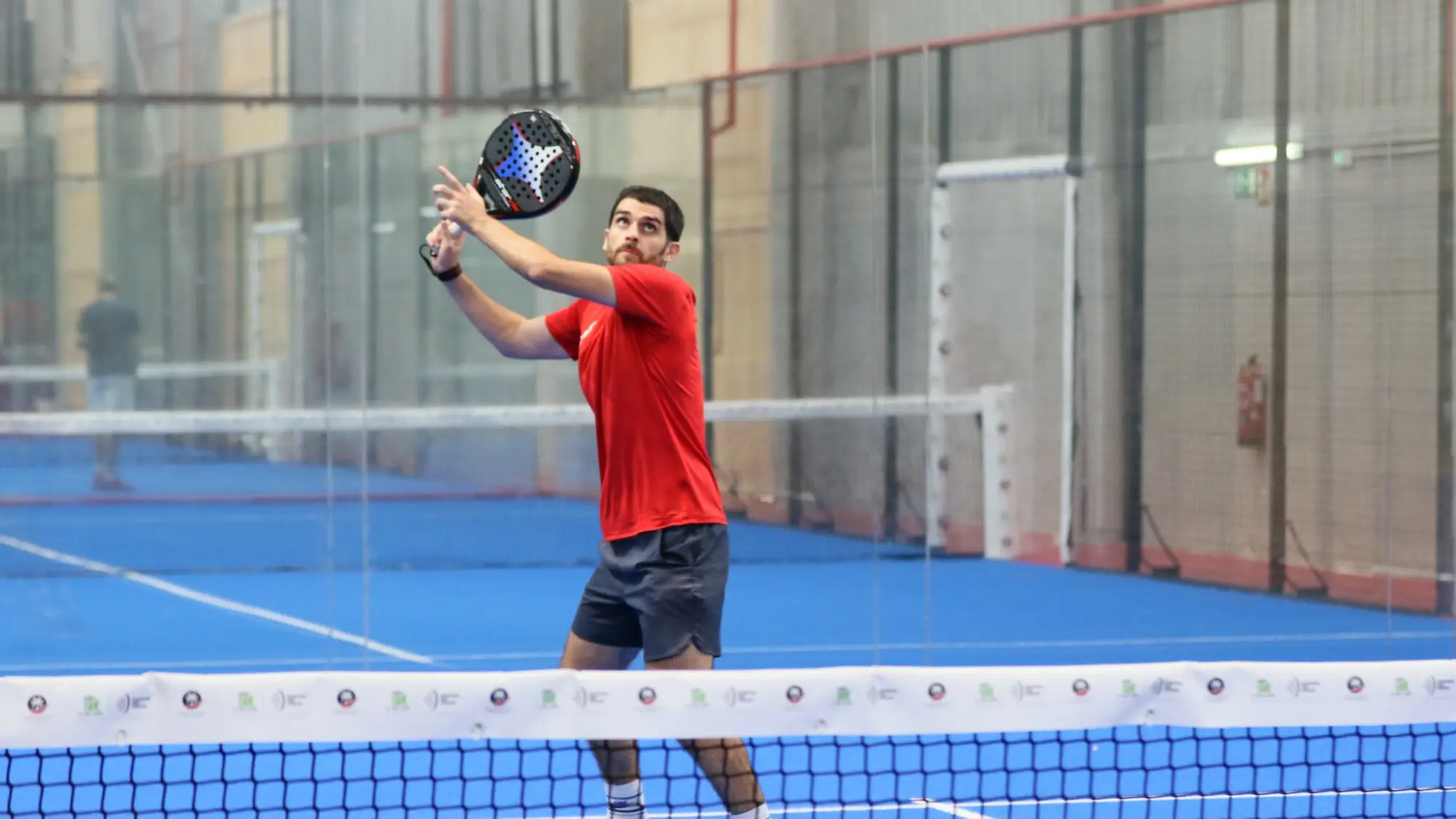 At the heart of padel – Episode 25: Paul and Andoni answer your questions
At the heart of padel – Episode 25: Paul and Andoni answer your questions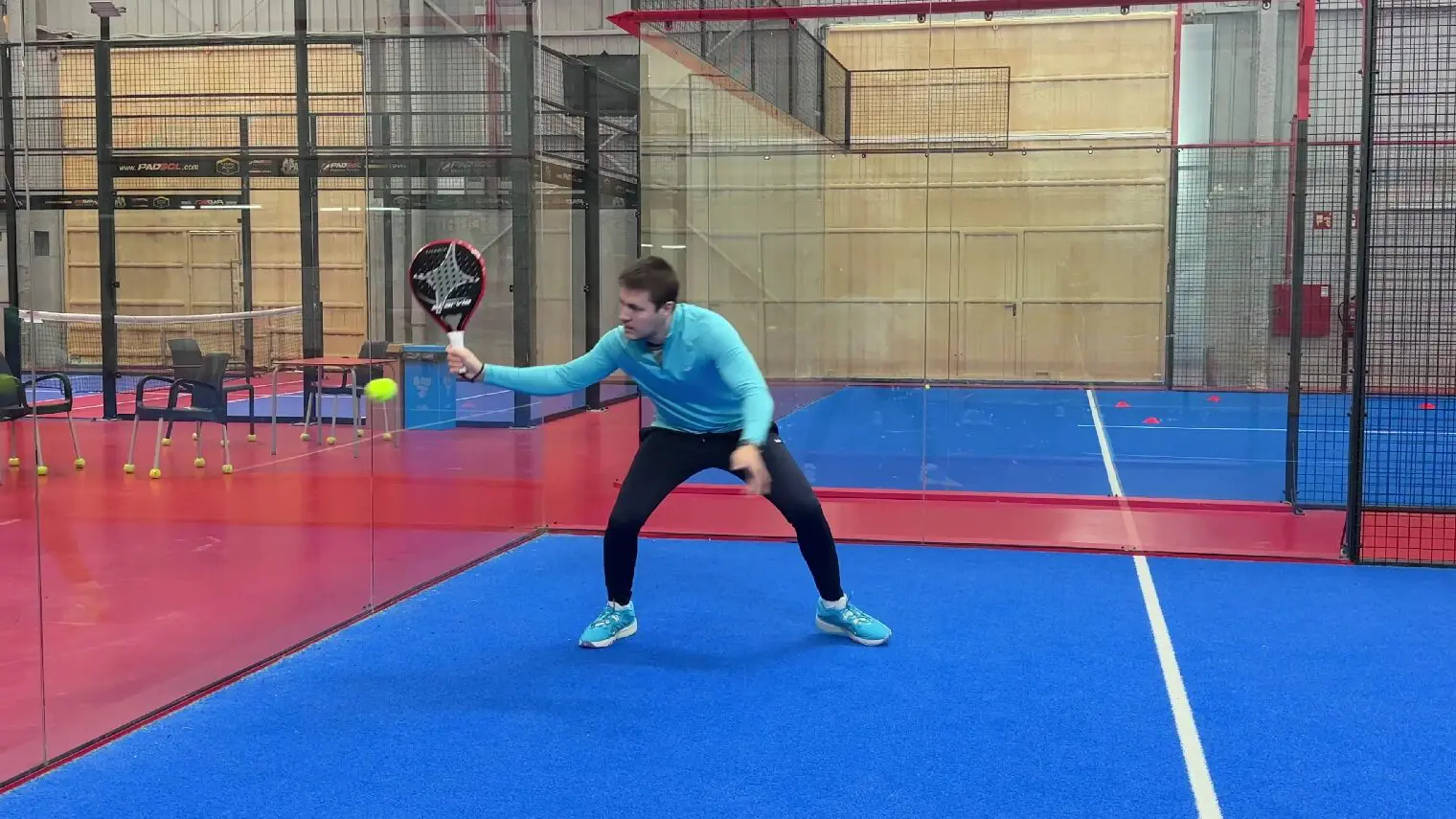 At the heart of padel – Episode 23: defend the window well
At the heart of padel – Episode 23: defend the window well Prohibition on playing topless Padel : the reasons
Prohibition on playing topless Padel : the reasons FIP Tour – Going far from Europe, THE strategy to earn points!
FIP Tour – Going far from Europe, THE strategy to earn points! What is a good football player? padel ?
What is a good football player? padel ? “Lefties give me headaches when I play against them!”
“Lefties give me headaches when I play against them!”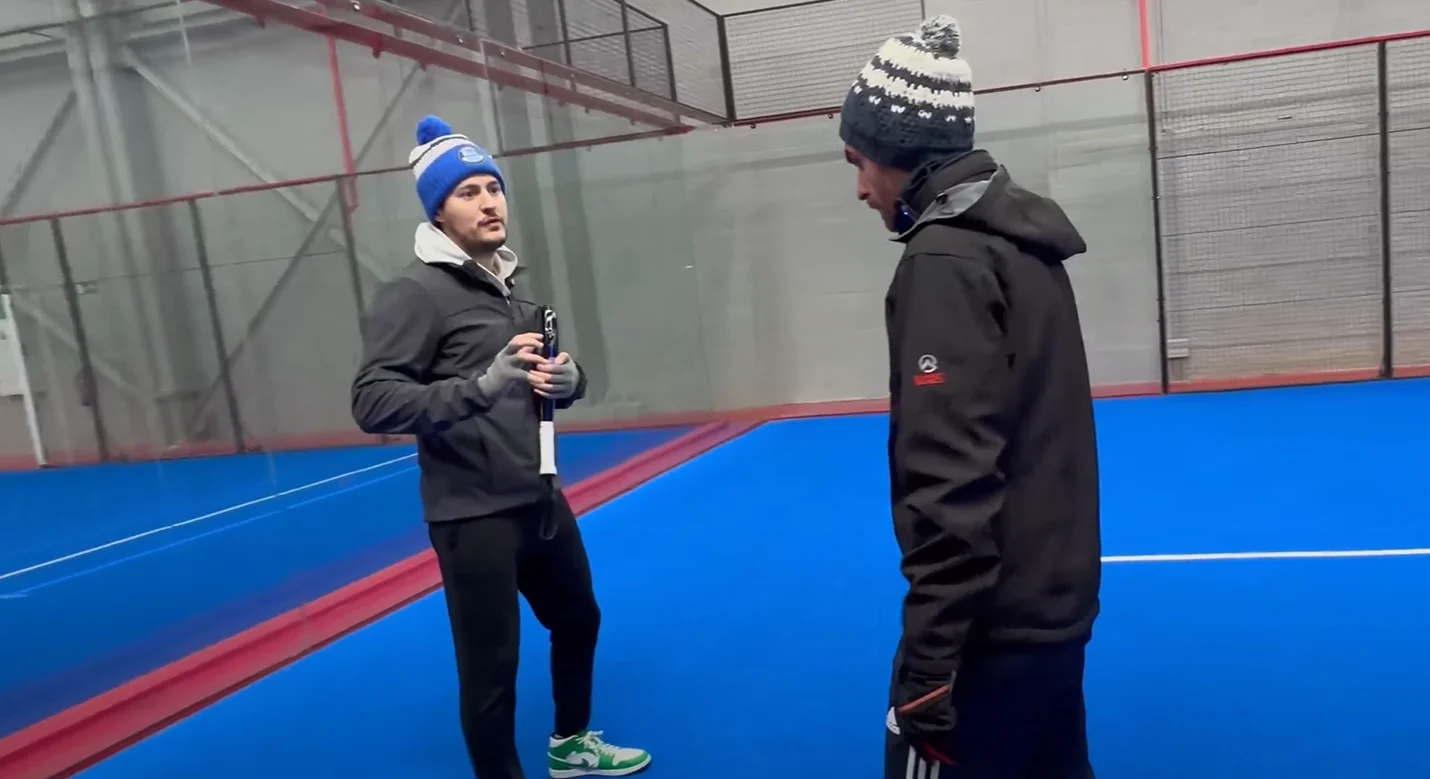 At the heart of padel – Episode 14: how to earn points in winter?
At the heart of padel – Episode 14: how to earn points in winter?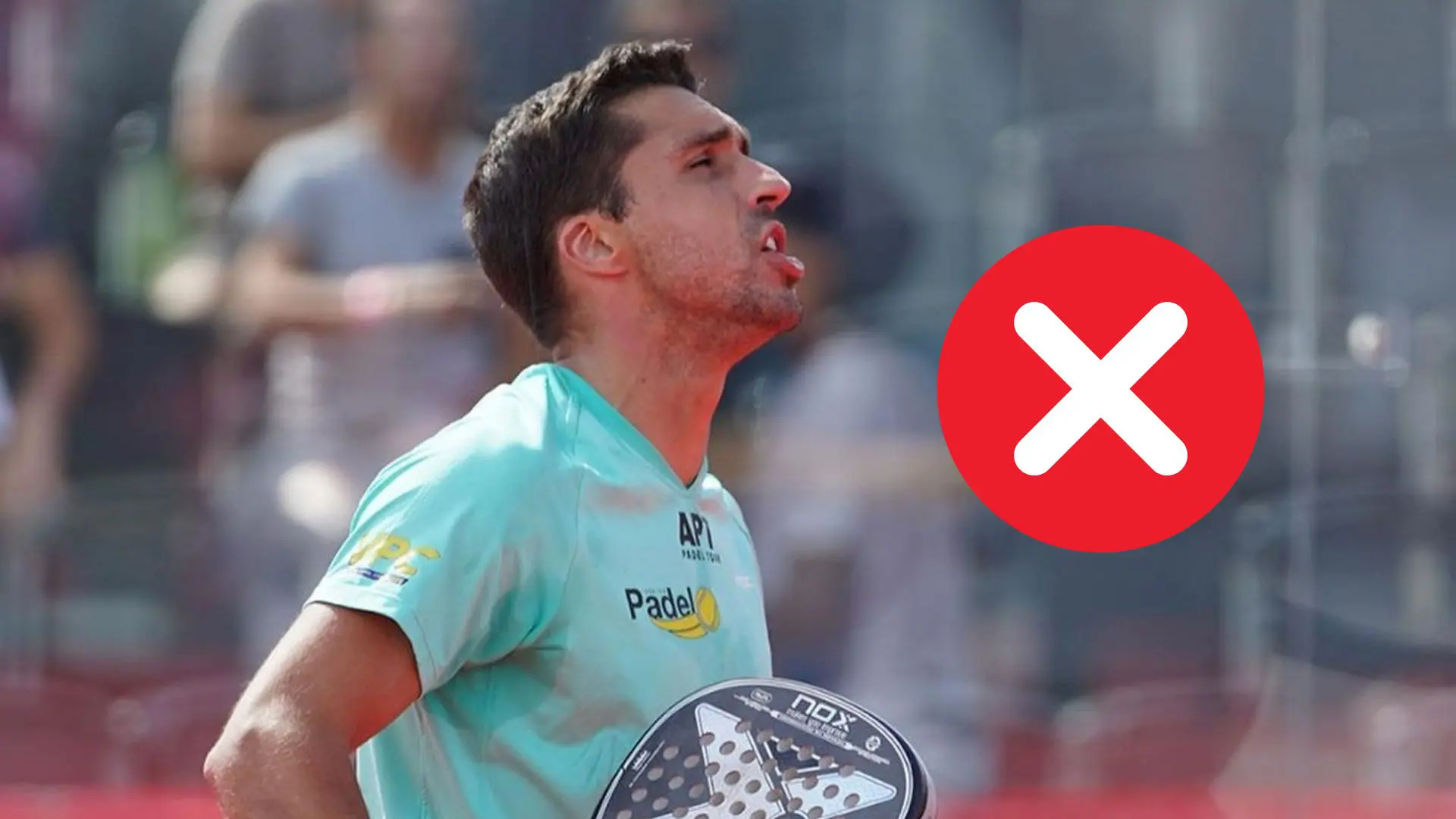 A par 4 is always a winner...even if you manage to defend it!
A par 4 is always a winner...even if you manage to defend it!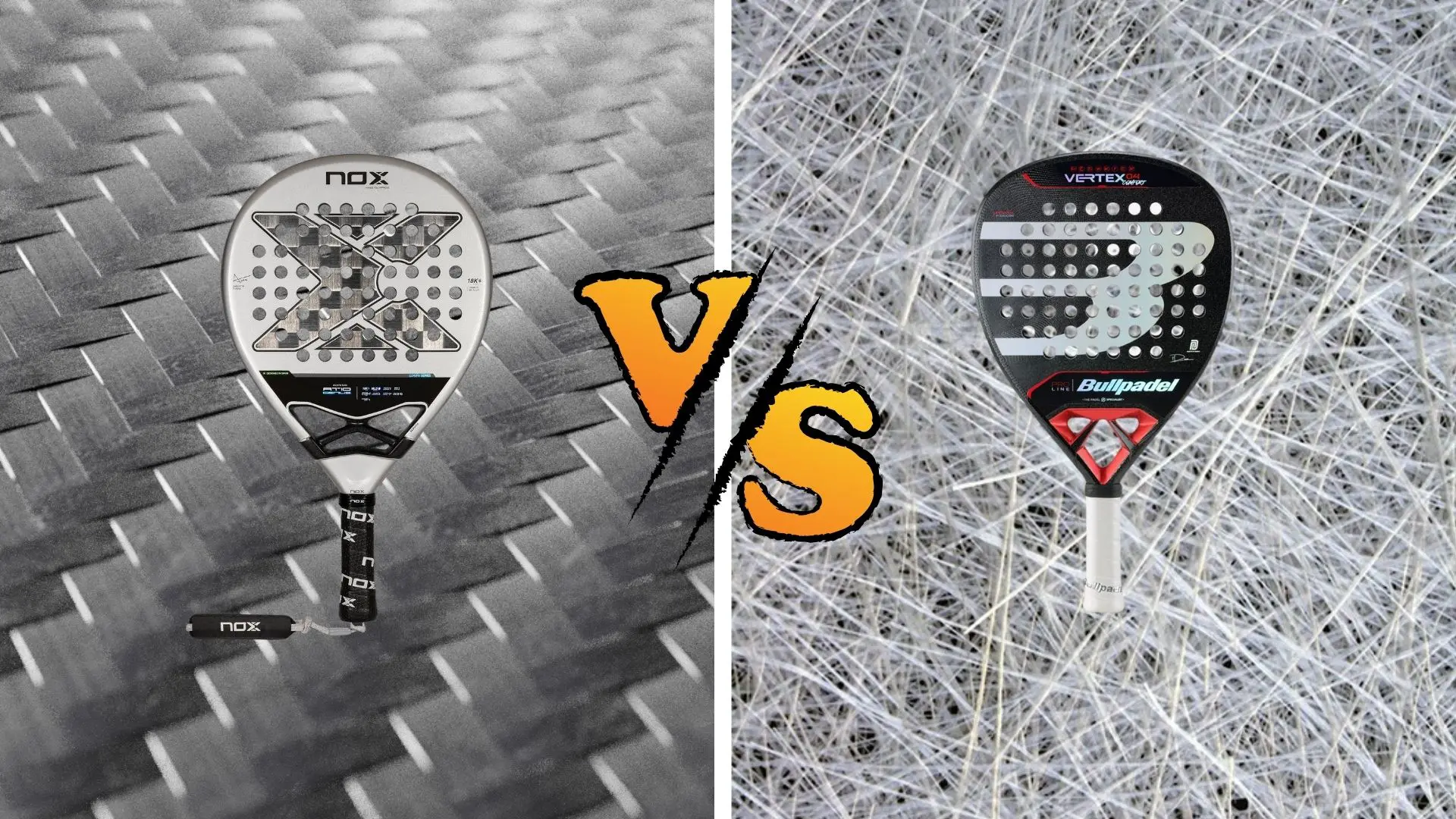 Carbon fiber VS fiberglass: what to choose?
Carbon fiber VS fiberglass: what to choose?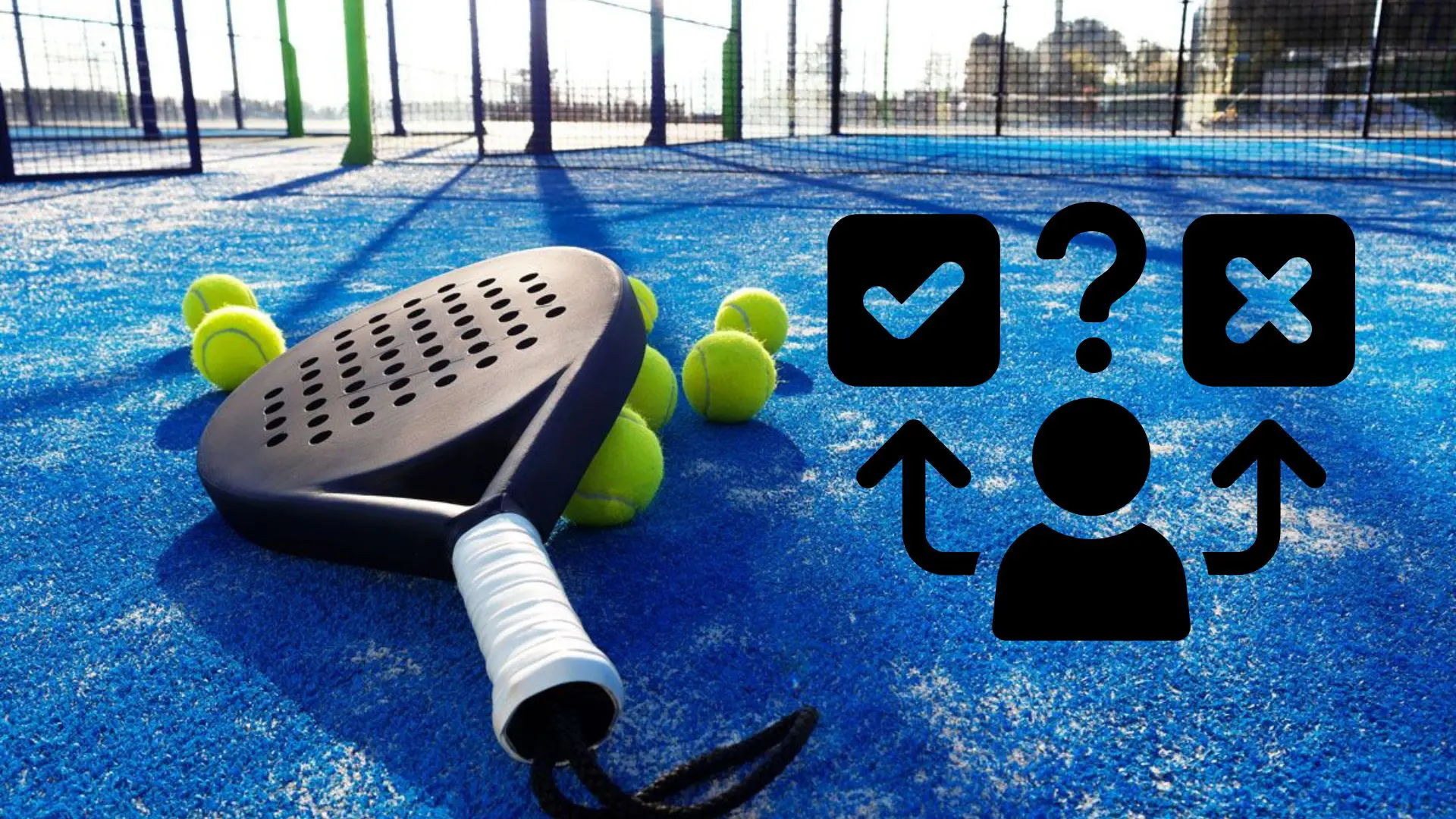 How to effectively test a racket padel ?
How to effectively test a racket padel ? La padel to fight Parkinson's disease
La padel to fight Parkinson's disease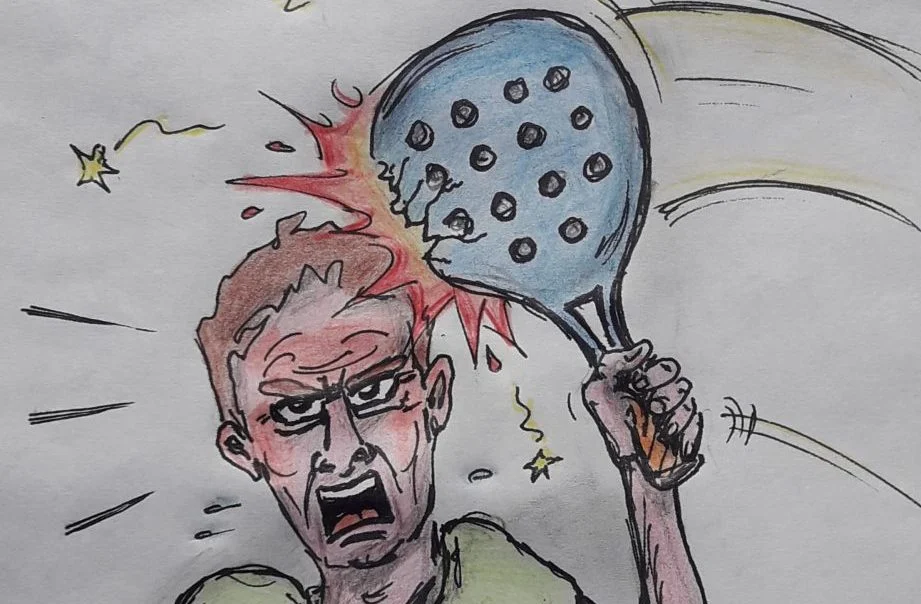 Don't play with a cracked or broken racket, your body will thank you!
Don't play with a cracked or broken racket, your body will thank you! Michel Cymes: “The padel, physically, it’s serious!”
Michel Cymes: “The padel, physically, it’s serious!” Jeremy Gala: “Promote the padel among young people in Belgium remains a challenge”
Jeremy Gala: “Promote the padel among young people in Belgium remains a challenge”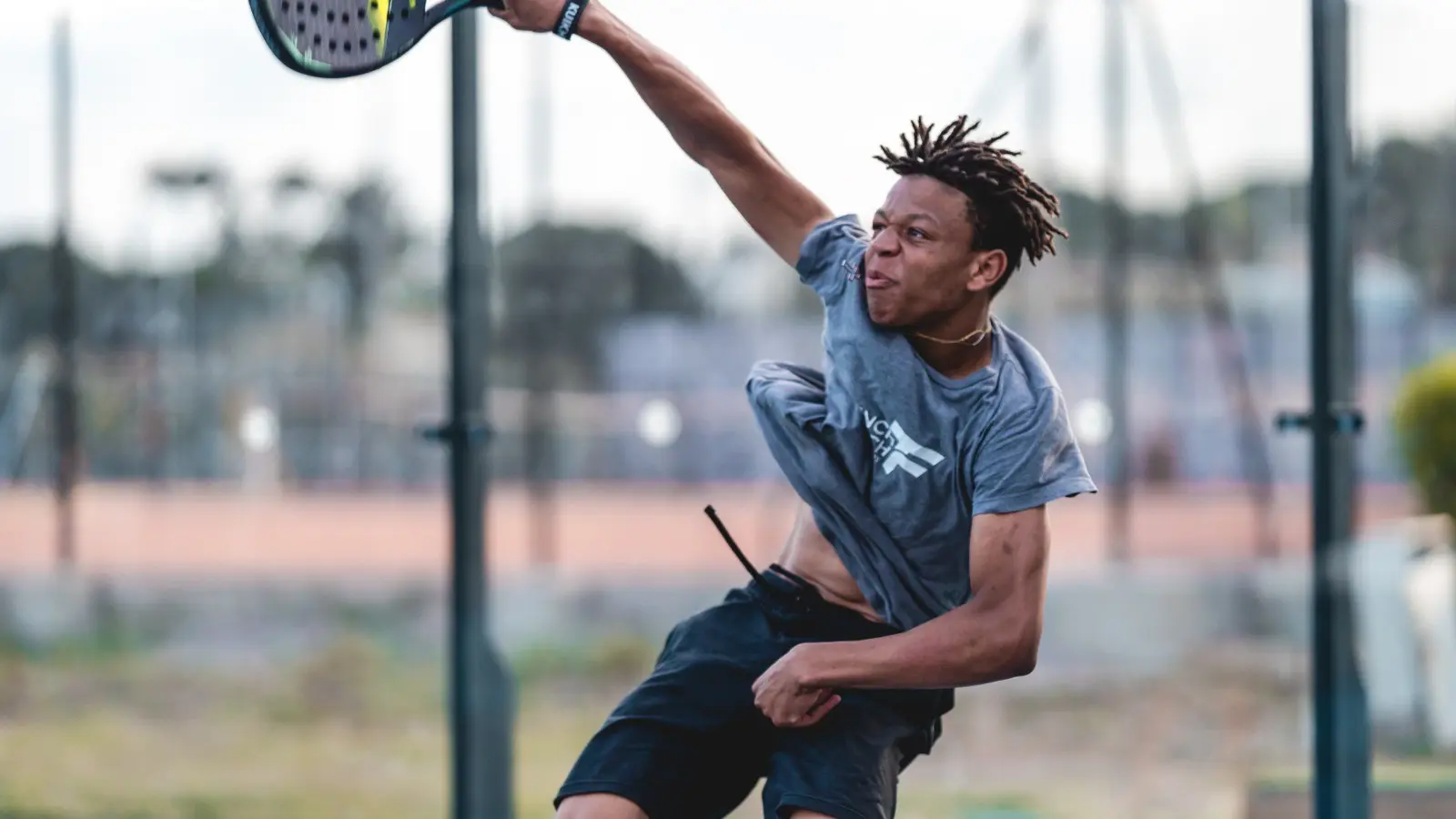 The French Touch Academy organizes its selection day Padel-Study
The French Touch Academy organizes its selection day Padel-Study Report on the detection and training of younger generations
Report on the detection and training of younger generations